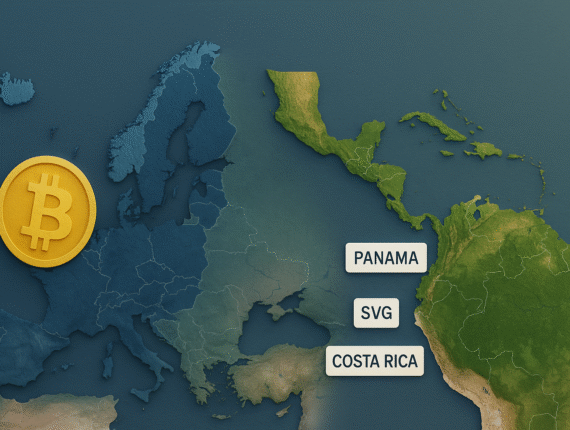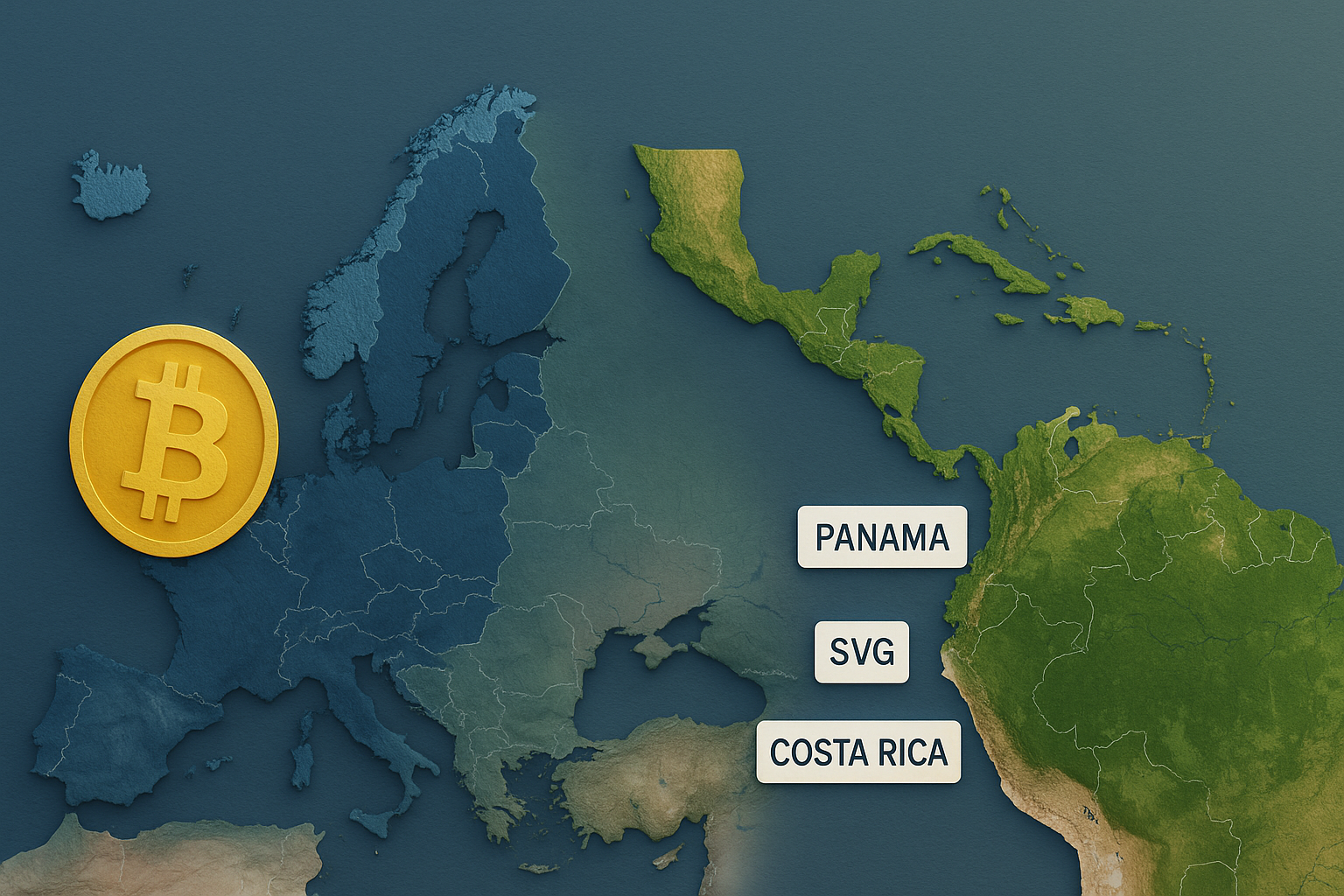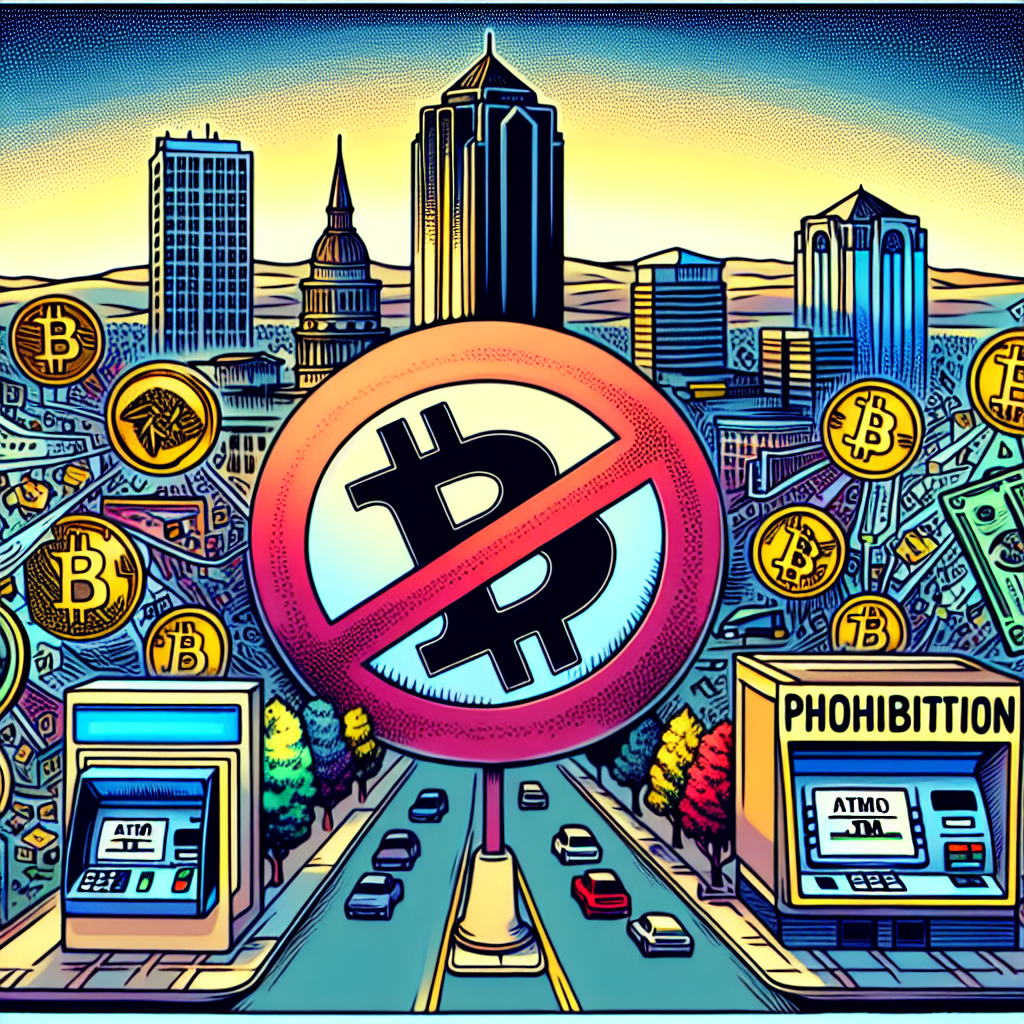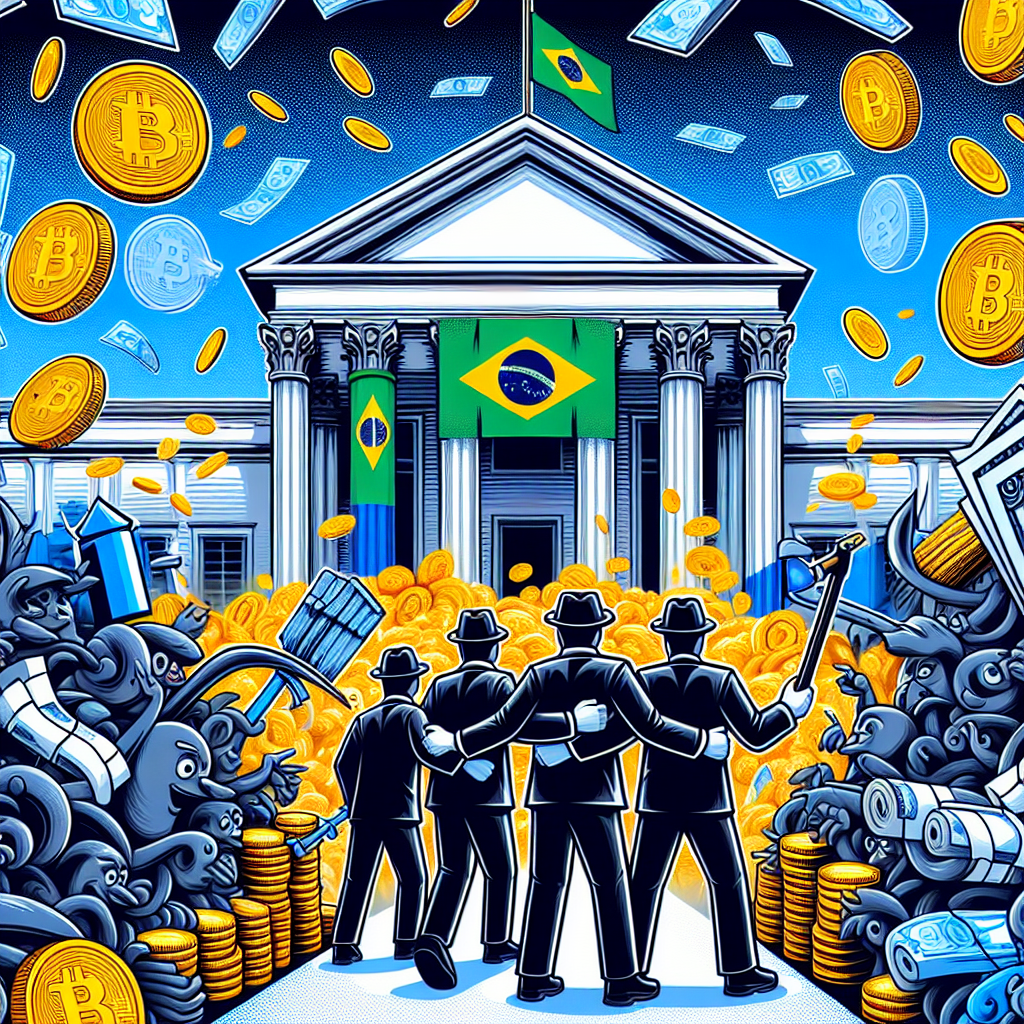-
Spokane City Council Outlaws Crypto ATM Operations to Curb Fraud
21870
-
Former OpenAI Worker Creates a Blockchain-Based Wage Platform
19922
-
Understanding Hyperliquid (HLP) and Its Operational Framework
24136
-
Unraveling the Mystery of Agentic AI: Its Working Mechanism Explained
27321
-
AI Crypto Company Exposed as Fraud, Operator Awaits Trial
28724
Cryptocurrency
Crypto regulation
No news available.









